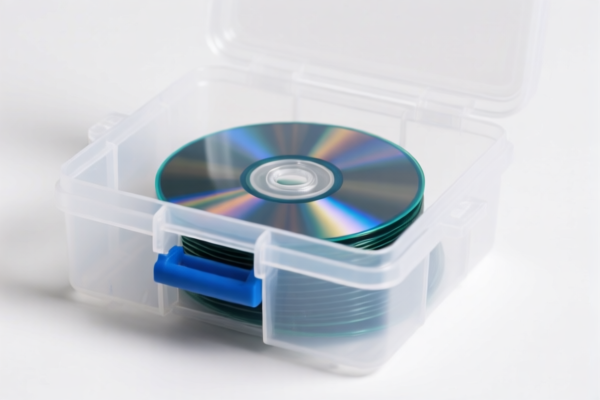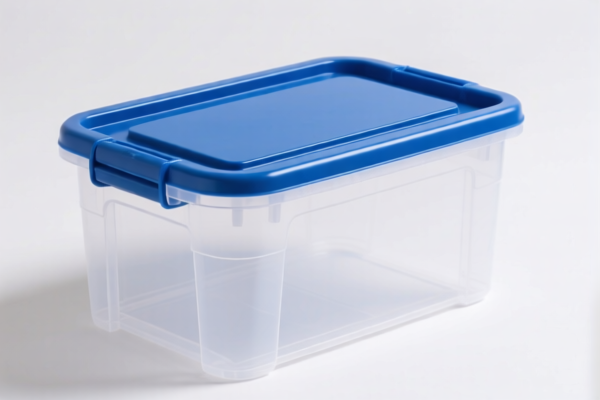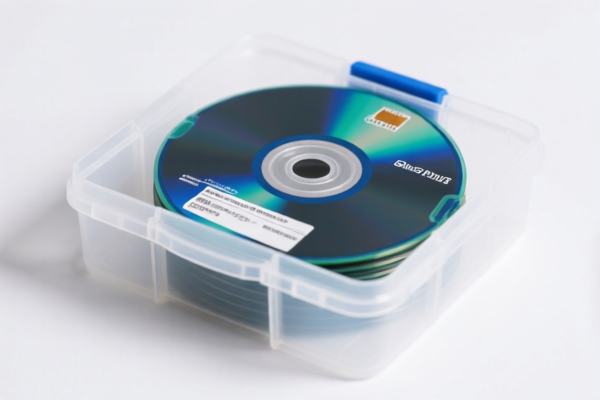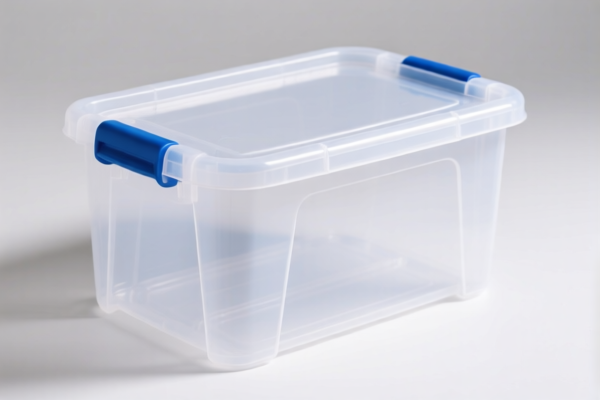| HS Code | Official Doc | Tariff Rate | Origin | Destination | Effective Date |
|---|---|---|---|---|---|
| 7010905005 | Doc | 55.0% | CN | US | 2025-05-12 |
| 3923300090 | Doc | 58.0% | CN | US | 2025-05-12 |
| 7310290055 | Doc | 80.0% | CN | US | 2025-05-12 |
| 7309000090 | Doc | 80.0% | CN | US | 2025-05-12 |
| 7611000090 | Doc | 57.6% | CN | US | 2025-05-12 |
| 7612901090 | Doc | 60.7% | CN | US | 2025-05-12 |
| 6914108000 | Doc | 64.0% | CN | US | 2025-05-12 |
| 6914908000 | Doc | 60.6% | CN | US | 2025-05-12 |




Okay, let's break down the HS codes provided for "STORAGE BOTTLE" and understand the implications for customs clearance. Here's a structured analysis, focusing on what each code covers and potential considerations.
Understanding HS Code Structure
Before diving in, remember that HS codes are internationally standardized. The first two digits generally indicate the chapter, the next two the subheading, and further digits provide more specific classifications.
1. 7010.90.50.05 – Glass Containers (Other)
- 70: Glass and glassware
- 10: Containers for conveyance or packing of goods; stoppers, lids, closures of glass.
- 90: Other
- 50: Other containers (with or without closures)
- 05: Capacity exceeding 1 liter, mouth diameter <38mm.
- Tax: Base Rate 0.0%, Additional Tariff 25.0% (increasing to 30% after April 2, 2025), Total 55.0%.
- Notes: This code is for glass bottles, jars, etc., used for packaging. The capacity and mouth diameter are key defining factors.
2. 3923.30.00.90 – Plastic Containers (Other)
- 39: Plastics and articles thereof.
- 23: Articles for conveyance or packing; stoppers, lids, caps, closures of plastics.
- 30: Carboys, bottles, flasks, similar articles.
- 00: Other
- 90: Other
- Tax: Base Rate 3.0%, Additional Tariff 25.0% (increasing to 30% after April 2, 2025), Total 58.0%.
- Notes: This covers plastic bottles, jars, etc. If your bottles are plastic, this is likely the correct code.
3. 7310.29.00.55 – Iron or Steel Kegs (Refillable)
- 73: Iron or steel articles.
- 10: Tanks, casks, drums, cans, boxes, similar containers.
- 29: Of a capacity not exceeding 300 liters.
- 00: Other
- 55: Refillable stainless steel kegs.
- Tax: Base Rate 0.0%, Additional Tariff 25.0% (increasing to 30% after April 2, 2025), Total 80.0%.
- Notes: Specifically for refillable stainless steel kegs. The statistical note 1 to this chapter is important to review for specific definitions.
4. 7309.00.00.90 – Iron or Steel Reservoirs/Tanks (Over 300L)
- 73: Iron or steel articles.
- 09: Reservoirs, tanks, vats, similar containers (over 300L).
- 00: Other
- 90: Other
- Tax: Base Rate 0.0%, Additional Tariff 25.0% (increasing to 30% after April 2, 2025), Total 80.0%.
- Notes: For larger iron or steel tanks/reservoirs.
5. 7611.00.00.90 – Aluminum Reservoirs/Tanks (Over 300L)
- 76: Aluminum and articles thereof.
- 11: Reservoirs, tanks, vats, similar containers (over 300L).
- 00: Other
- 90: Other
- Tax: Base Rate 2.6%, Additional Tariff 25.0% (increasing to 30% after April 2, 2025), Total 57.6%.
- Notes: Specifically for aluminum tanks/reservoirs over 300L.
6. 7612.90.10.90 – Aluminum Casks/Drums (Under 300L)
- 76: Aluminum and articles thereof.
- 12: Casks, drums, cans, boxes, similar containers (under 300L).
- 90: Other
- 10: Of a capacity not exceeding 20 liters
- 90: Other
- Tax: Base Rate 5.7%, Additional Tariff 25.0% (increasing to 30% after April 2, 2025), Total 60.7%.
- Notes: For aluminum casks/drums under 300L.
7 & 8. 6914.10.80.00 & 6914.90.80.00 – Ceramic Articles (Other)
- 69: Ceramic articles.
- 14: Other ceramic articles.
- 10: Of porcelain or china
- 90: Other
- 80: Other
- Tax: Base Rate 9.0% or 5.6%, Additional Tariff 25.0% (increasing to 30% after April 2, 2025), Total 64.0% or 60.6%.
- Notes: For ceramic bottles/jars.
Recommendations & Key Considerations:
- Material is Crucial: The primary material of your bottles is the biggest factor in determining the correct HS code.
- Capacity: Pay close attention to the capacity limits specified in the codes (e.g., under 300L, over 300L).
- Mouth Diameter: For glass bottles, the mouth diameter is important.
- Refillable vs. Non-Refillable: For steel kegs, whether they are refillable or not matters.
- Intended Use: While "storage bottle" is a general description, the specific purpose of the bottle might influence the classification.
- Additional Tariffs: Be aware of the additional tariffs (currently 25%, increasing to 30% after April 2, 2025) and factor them into your costs.
- Certification: Depending on what you are storing, you may need specific certifications (e.g., food-grade, hazardous materials).
- Consult a Customs Broker: For complex cases or if you are unsure, it's highly recommended to consult with a licensed customs broker in China. They can provide expert guidance and ensure accurate classification.
- Provide Detailed Specifications: When importing, be prepared to provide detailed specifications of your bottles to customs officials (material, capacity, dimensions, intended use, etc.).
Disclaimer: I am an AI assistant and cannot provide definitive customs classification advice. This information is for general guidance only. Always consult with a qualified customs broker or relevant authorities for accurate and up-to-date information.
Customer Reviews
No reviews yet.